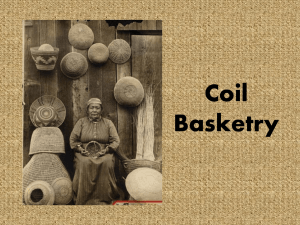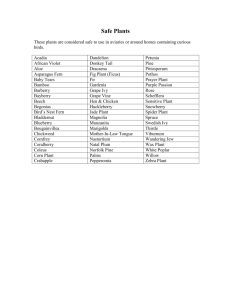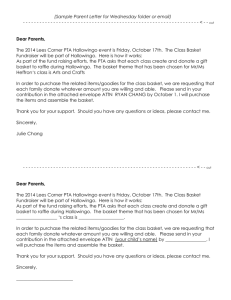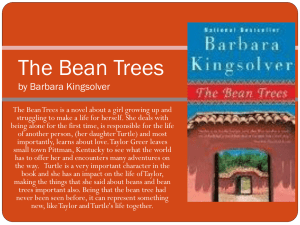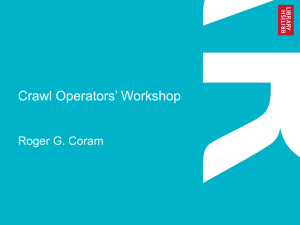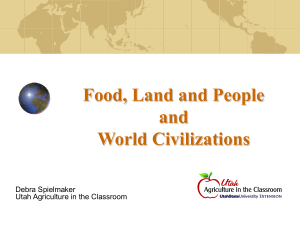How did humans become civilized?
advertisement
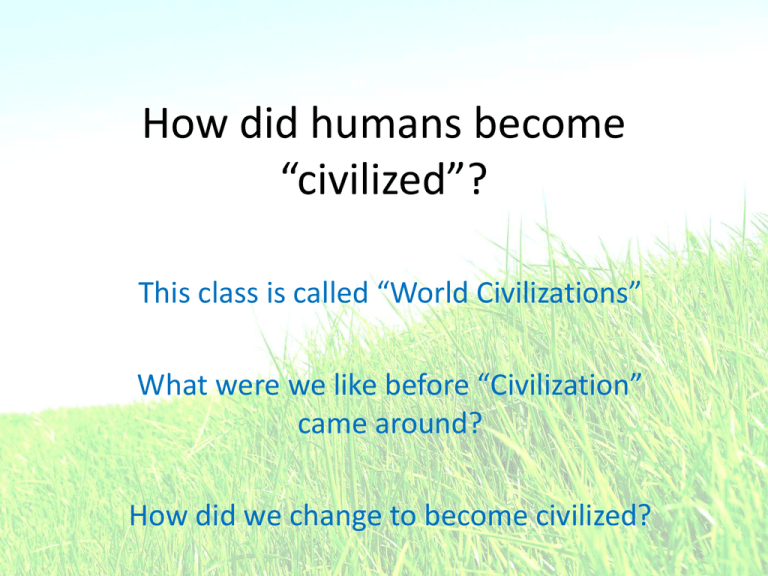
How did humans become “civilized”? This class is called “World Civilizations” What were we like before “Civilization” came around? How did we change to become civilized? What is a Civilization? Two definitions Civilizations have: 1. An urban focus – major cities 2. Political and military systems 3. Social structure based on economic systems-upper and lower classes 4. Development of labor specialization 5. Distinct religious structure 6. Development of Writing 7. New and significant artistic and intellectual activity Advanced Cities System of Writing Advanced Technology Civilization Has… Complex Institutions Skilled Workers Food, What would we do without it? Before farming Foraging AKA Hunter-Gatherers • Food sources? • Plants are gathered in season and stored when possible • Meat is hunted and dried for food and other uses, clothing, rope, etc. • Move around to take advantage of seasonal offerings i.e. nomadic Hunter-Gatherers’ societies Advantages • • Fit into nature (little environmental impact) • • Relatively little labor expended to get food • • Variety in diet • Deep knowledge of uses for plants and animals in • the region they live. Disadvantages Dependent upon wild animals and plants Nature can only support small groups and cultures Must travel around to find food, so no permanent building structures No animals to help with labor What changed? • Hunter Gatherer type societies had survived for thousands of years. • After the last ice age ended in 10,000 B.C.E., humans began selecting dependable plants for food What tastes makes a good food plant? • Tastes good (not bitter) • The first crops that met with humans’ approval • Large (larger fruit or were cereals and pulses. seeds) • Easy to pick • Grow fast or with lots of fruit/seeds. (High Yields) • Grow Annually Domestication! • The process of humans selecting plants for more useful characteristics is called Domestication • It was also used with animals. First domesticated plants Geographical Area • Middle East aka Fertile Crescent • China • • India • • Mesoamerica • • Andes/Amazonia • • Crops domesticated Wheat, barley, peas, lentils, chickpea, flax, muskmelon Millet, rice?, soybean, adzuki bean, mung bean, hemp Rice?, hyacinth bean, cotton, cucumber Corn, common bean, yucca, jicama, squashes Potato, quinoa, lima bean, peanut Lentil Stew ala Clay Ball - by: Ruth Tringham Prep time: 3-4 hours (includes gathering wild herbs, processing bones for grease, gathering wood/dung for fire) You'll need: •lentils, soaked in water •wild herbs •goat grease •wood/dung for fire •water-tight basket 1.Fill basket with water. Soak for 1 hour. (Basket will absorb water and expand the fibers, making it water-tight. This also prevents scorching.) 2.Heat clay balls in a dung or wood fire. (For complete instructions, see Clay Ball Heating section.) 3.Put soaked lentils in the cooking basket with water, goat grease, and wild herbs. 4.Put hot clay balls in the cooking basket, stirring constantly. As balls cool, replace them with hot ones. What makes a useful animal? Humans have used animals for… •Meat •Milk •Fertilizer •Transportation •Military Assault •Plowing fields •and unknowingly Germs Good characteristics Bad characteristics • But not too big • Big • Easy to control • Bad temper • Herbivore or • Carnivore omnivore • Multiple uses • Short childhoods Approximate dates and locations for Domestication of Large Mammal Species Species Dates (B.C.E.) Dog 10,000 Sheep Goat Pig Cow Horse Donkey Water buffalo Llama/alpaca Bactrian camel Arabian camel 8,000 8,000 8,000 6,000 4,000 4,000 4,000 3,500 2,500 2,500 From Guns, Germs, and Steel pg. 167 Place Middle East, China, North America Middle East Middle East China, Middle East India, Middle East Ukraine Egypt China? Andes (South America) Central Asia (the stans) Arabia The Fertile Crescent


